Have you ever wondered what it would be like to truly experience the vibrant culture of Nicaragua firsthand? Participation in local events and celebrations offers an unparalleled opportunity to immerse yourself in the heart of Nicaraguan life. This article will guide you through the various festivities and cultural practices across the country, giving you an insightful understanding of how attending these events can enrich your experience of Nicaraguan culture.
Understanding Nicaraguan Culture
Before diving into the specific events and celebrations, it’s essential to grasp a deeper understanding of Nicaraguan culture. Nicaragua is a rich tapestry of indigenous, European, and Afro-descendant influences. Its history, diverse demographic, and unique traditions define its vibrant cultural landscape.
Historical Influences and Traditions
The cultural fabric of Nicaragua is woven with historical threads from its indigenous peoples, Spanish colonialism, and African influences. You can see these influences manifested in every aspect of life, from cuisine and music to art and folklore. The deep-rooted traditions find expression in the many festivities that bring together locals and visitors alike.
The Importance of Festivals
In Nicaragua, festivals are more than just a break from the routine—they are vital expressions of cultural identity, memory, and pride. These celebrations are designed to remember historical events, honor religious figures, and forge communal bonds. Engaging with these vibrant festivities offers a gateway to understanding the spirited character of Nicaraguans.
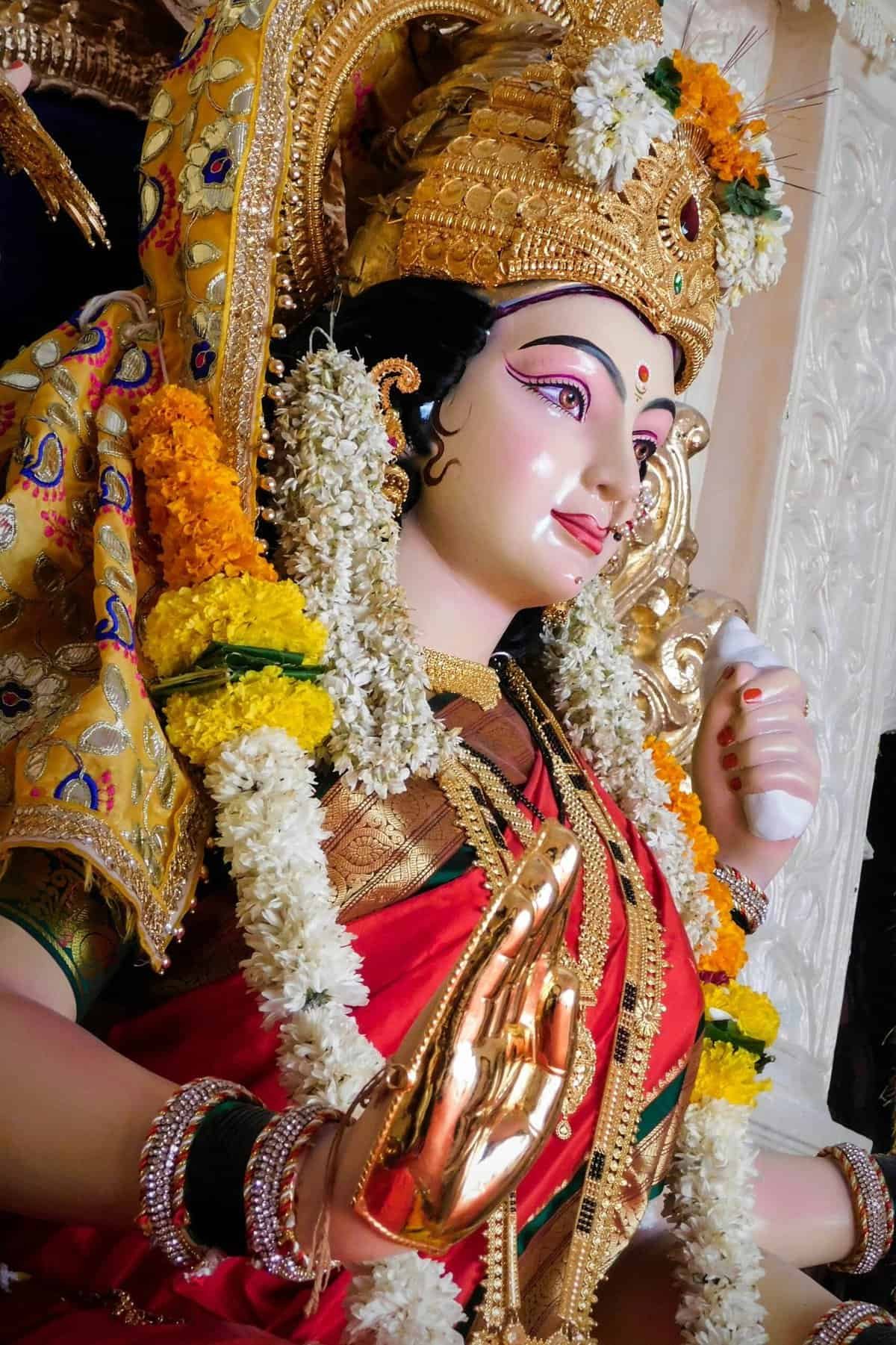
Major Festivals and Celebrations
Each region of Nicaragua has its unique festivals, often with a blend of religious and cultural significance. Here is a closer look at some of the most notable events you might consider attending.
La Purísima and La Gritería
La Purísima, a celebration of the Immaculate Conception of the Virgin Mary, is celebrated from late November to early December. It involves singing, prayers, and vibrant altars dedicated to the Virgin Mary. The culmination of this novena is La Gritería, on December 7th, where the streets are filled with people singing and exclaiming “¿Quién causa tanta alegría?” (“Who causes so much joy?”) with the response being “La Concepción de María!” (“The Conception of Mary!”). Participants can enjoy traditional sweets and drinks provided by homeowners.
Holy Week (Semana Santa)
The week leading up to Easter Sunday is one of the most significant religious observances in Nicaragua. Semana Santa is marked by solemn processions, elaborate reenactments of the Passion of Christ, and a community-wide reflection on faith and sacrifice. Attending these events, particularly in León or Granada, will provide you with profound insight into the spiritual life of the country.
Palo de Mayo Festival
Celebrated primarily in the Caribbean regions, particularly Bluefields, Palo de Mayo is a month-long festival in May embracing dance, music, and Afro-Caribbean culture. This festival is marked by energetic traditional dances and vibrant costumes that reflect the cultural diversity and history of Nicaragua’s Caribbean coast.
Celebrations of San Jerónimo
Held in the town of Masaya, the San Jerónimo Festival is one of the longest-running celebrations, lasting approximately three months from late September. It’s a mix of religious ceremonies and cultural activities, including processions, traditional dances, and music. It represents a fantastic opportunity to see how ancient belief systems combine with Catholic traditions in a vibrant and vivacious display.
Purísimas in León
Distinct from the national Purísima is the one held in León, known for its unique traditions and extravagant celebrations. This citywide celebration includes the same cheering traditions as the national Purísima but is often interspersed with additional musical and cultural performances indicative of León’s rich history.
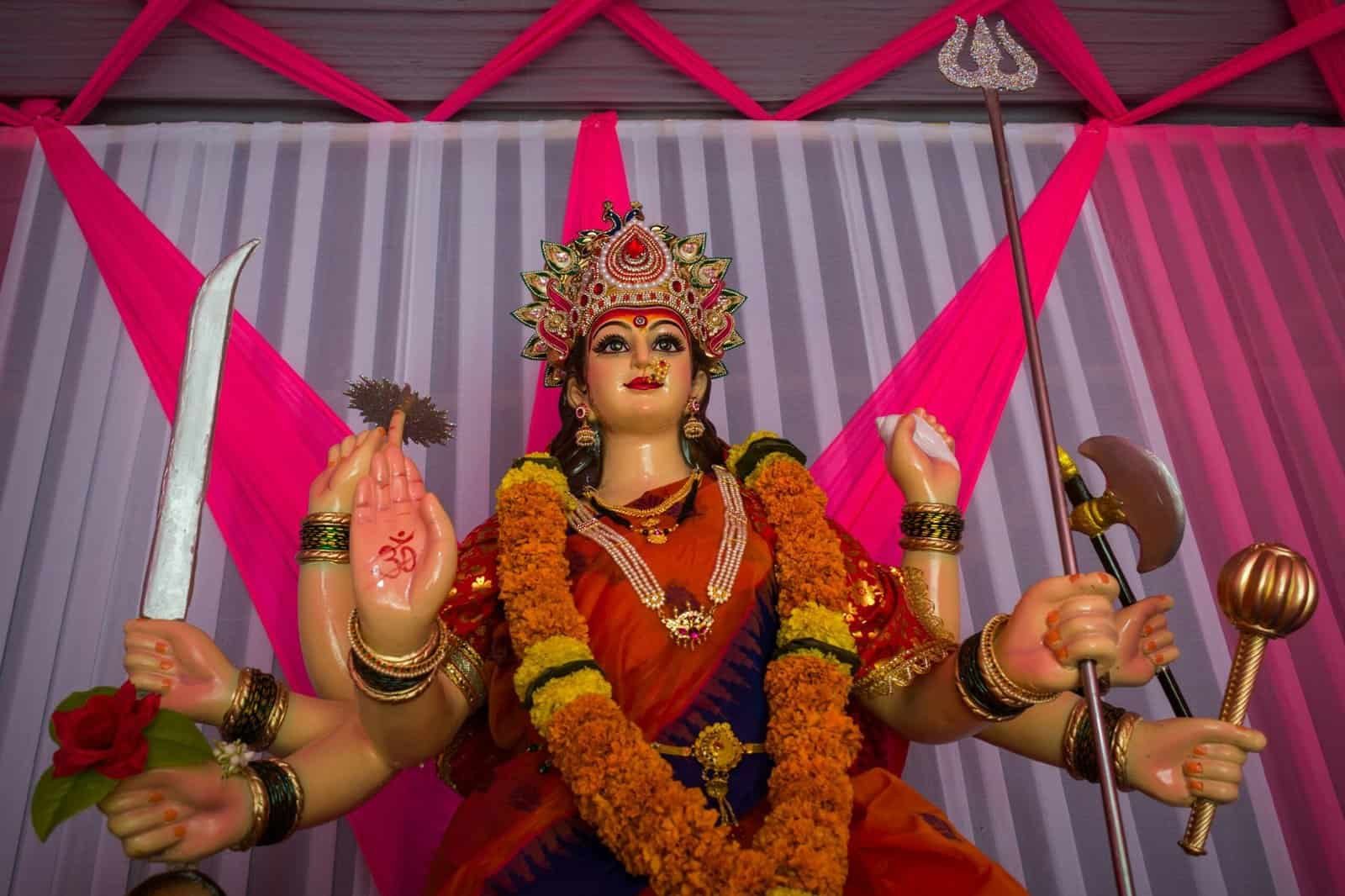
Smaller Celebrations and Local Traditions
Beyond large national and regional events, there are countless smaller celebrations and local traditions that also offer a glimpse into everyday Nicaraguan life. These events often reflect the vibrant community spirit and unique identities of smaller towns and villages.
Local Patron Saint Festivities
Each town and village in Nicaragua often has its own celebration dedicated to a patron saint. These events typically include religious processions, street parties, music, and dance. These celebrations are terrific opportunities to see how local identity and spirituality are celebrated uniquely across the country.
Food Festivals
The gastronomy of Nicaragua is an element of culture you shouldn’t overlook. Food festivals are scattered throughout the year, showcasing a variety of traditional dishes such as gallo pinto, nacatamales, and the renowned corn-based vigorón. Visiting a food festival enables you to explore not just the food, but also the stories and history behind each dish.
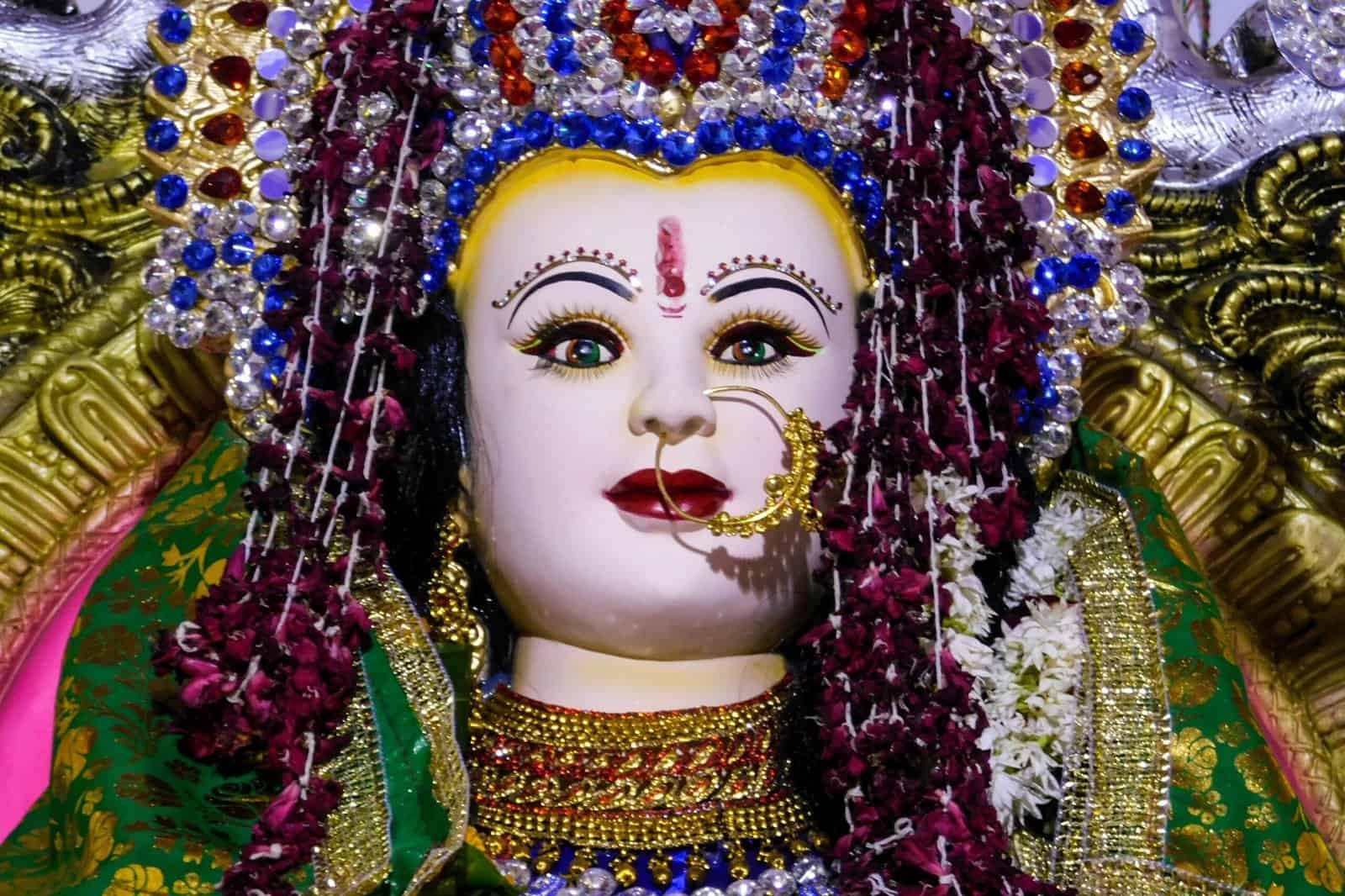
How To Make the Most of Your Experience
Attending local events and celebrations is a surefire way to engage deeply with Nicaraguan culture. Here are some tips to ensure your experience is meaningful and enjoyable.
Engage With Locals
Striking up conversations with locals can enhance your experience by providing context and stories that aren’t found in travel guides. Nicaraguans are often eager to share their traditions and explain the historical significance behind their celebrations.
Participate Actively
Don’t be a passive observer. Whether it’s dancing to the rhythm of Palo de Mayo or joining in the chants of La Gritería, your participation will contribute to a deeper appreciation and personal connection with the festivities.
Respect Local Customs
Understanding and respecting local customs is crucial. This includes observing dress codes during religious ceremonies, respecting alters, and understanding any local etiquette around taking photographs during events.
Plan Ahead
Festivals can attract large crowds, and some may require travel arrangements. Verify dates in advance—festivities can sometimes vary from year to year—and plan your accommodation and transportation ahead of time.
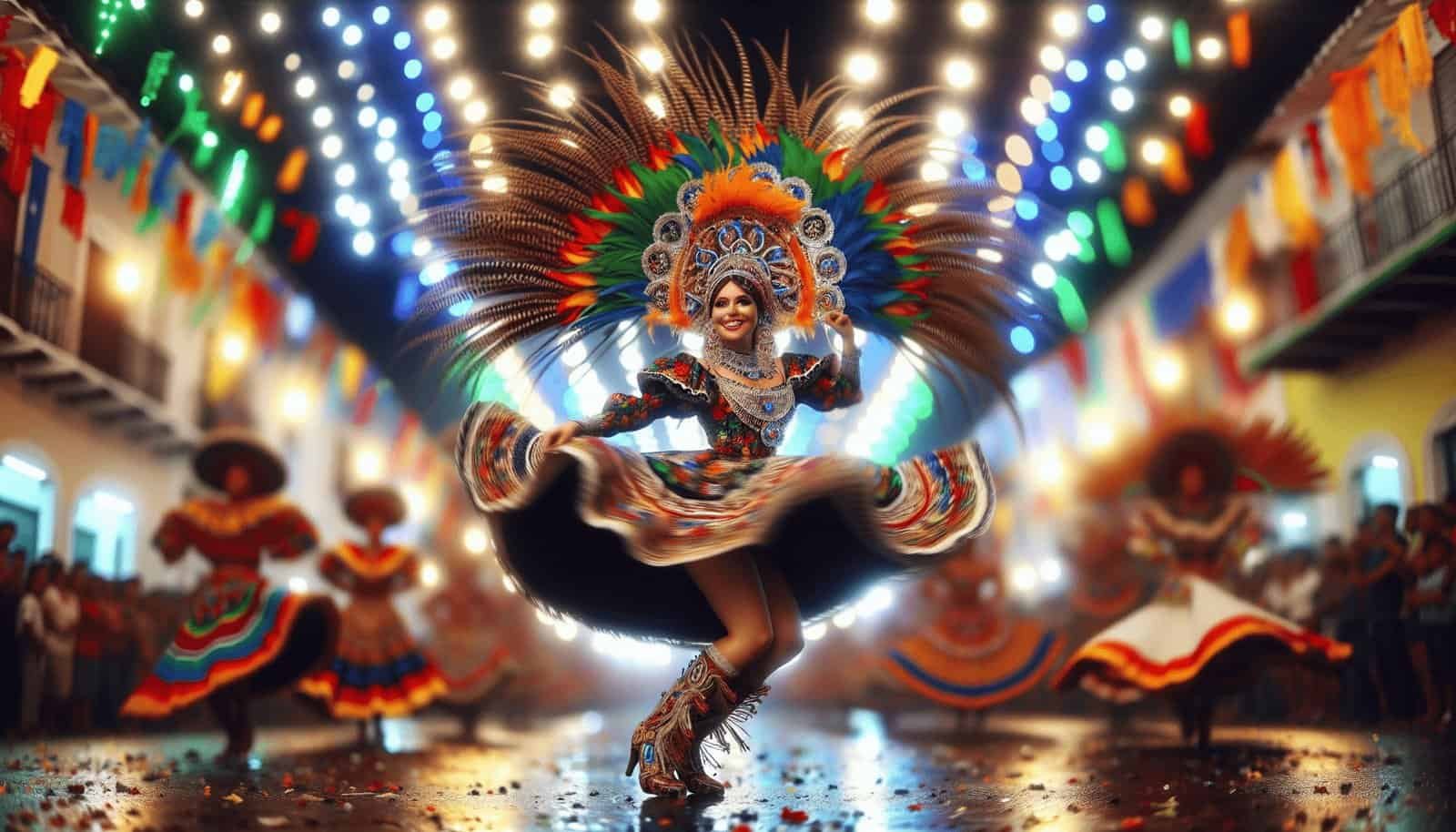
Practical Considerations
Ensuring a smooth and enjoyable experience while attending these celebrations involves some practical planning. Here are several logistical aspects to consider.
Accommodation and Transportation
During festivals, it’s common for hotels and guesthouses to fill up quickly, particularly in smaller towns. Booking your accommodations well in advance will provide peace of mind. Additionally, check the availability of local transportation, as roads may be busier than usual.
Safety Precautions
While most festivals in Nicaragua are peaceful, it’s important to stay vigilant about your safety. Keep personal belongings secure and stay informed about any advisories or concerns related to the areas you plan to visit.
Weather Conditions
Nicaragua’s climate can vary significantly depending on the season. Understanding the weather during your visit can help you dress appropriately and plan for any potential weather-related disruptions to the events.
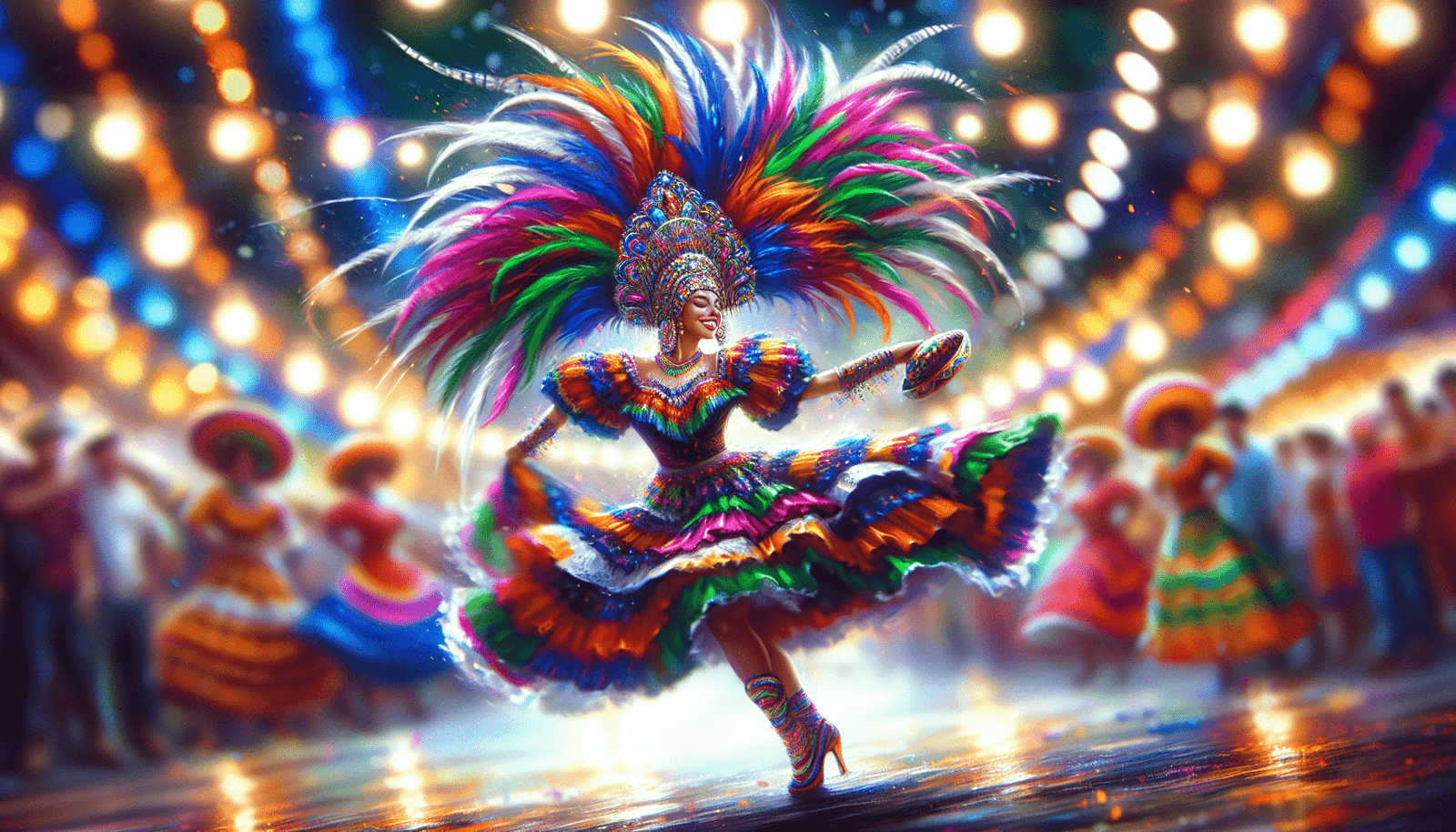
Conclusion
Attending local events and celebrations is one of the most enjoyable and enriching ways to immerse yourself in Nicaraguan culture. Through vibrant festivals, community gatherings, and local traditions, you are not merely a spectator, but a participant in a historical and cultural continuum that defines Nicaragua. By embracing these experiences with respect, curiosity, and enthusiasm, you will leave not only with unforgettable memories but also with a genuine understanding of the warmth and spirit that characterizes the people and culture of Nicaragua. Whether it’s joining in the exuberant festivals of La Purísima or relishing in the lively dances at Palo de Mayo, each celebration offers a unique story waiting to be discovered by you.